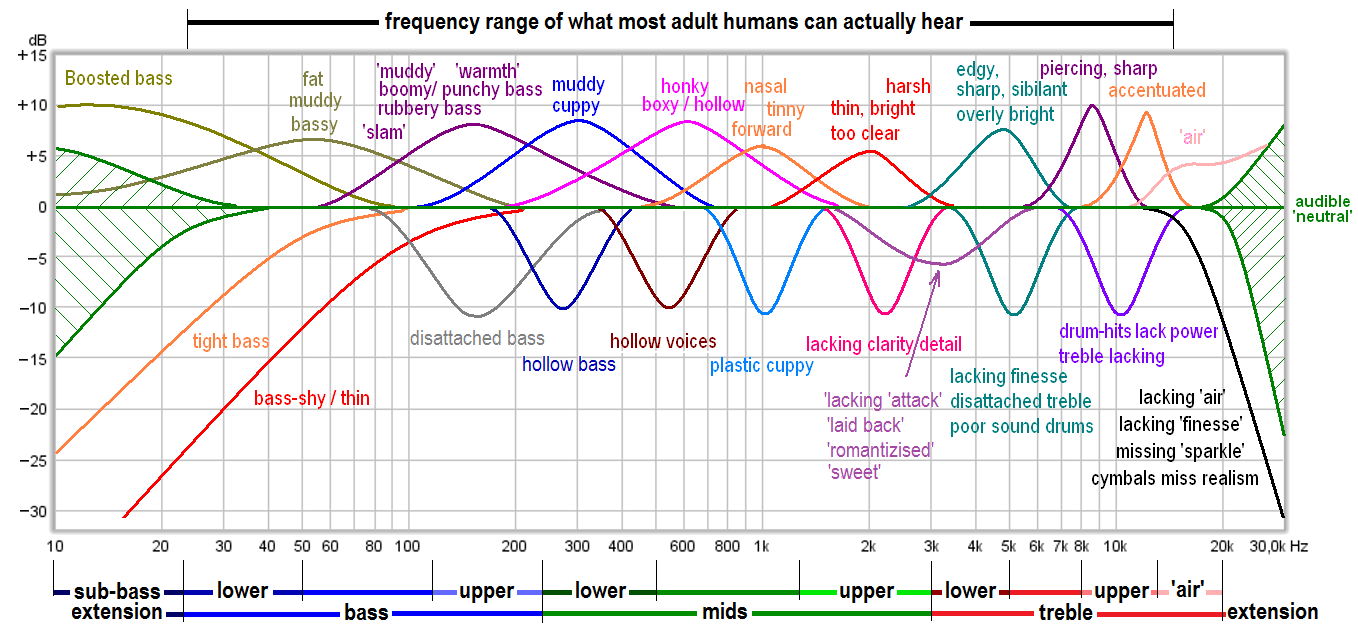Pearljam5000
Master Contributor
- Joined
- Oct 12, 2020
- Messages
- 5,258
- Likes
- 5,501
Am I the only one that can't do it ?
Yeah it's a little embarrassing .
Yeah it's a little embarrassing .
Am I the only one that can't do it ?
Yeah it's a little embarrassing .


Doing it yourself is certainly a good way to learn.
I have done that in my latest overview of my AES paper:It’s easier for people to have some comparisons, such as provide measurements along side with bad or unexpected result.
Here is the Mother Load of instructional videos that will help to teach you how to read almost every Graph and chart Amir uses in his reviews. Happy watching:Am I the only one that can't do it ?
Yeah it's a little embarrassing .

 www.audiosciencereview.com
www.audiosciencereview.com
Yesss please!It is a good suggestion/theme for future videos.
I managed to create a ninja post, before you locked the thread. Haha.Here is the Mother Load of instructional videos that will help to teach you how to read almost every Graph and chart Amir uses in his reviews. Happy watching:

Master List of Instructional Teaching Video presentations (How to read and interpret/understand all the Graphs and Charts!
Collection of Amir’s instructional Videos for reference, refresher and new members: (“Behind the Curtain @ ASR University”) Welcome New and returning Members of ASR. Our Host Amir has put together a collection of comprehensive instructional videos that might help new and returning Members...www.audiosciencereview.com
